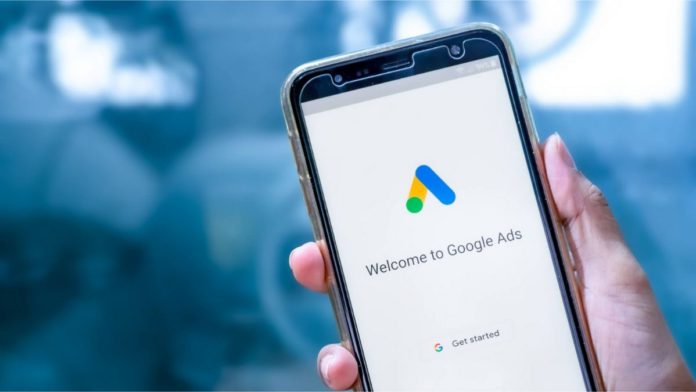Most of the marketing hacks emphasize paying attention to last-click attribution. However, today focusing solely on last-click attribution may not help businesses in the age of big data. With the transition to data-driven attribution, now Google has jumped the bandwagon. Google Ads, its buy-side ad network, will no longer employ last-click attribution as the default conversion model, the company announced in a blog post on last Monday.
While Google previously offered data-driven attribution, marketers and advertisers were unable to use it due to two factors: minimal data requirements and conversion types that were not supported. Google has now reduced the data restrictions and introduced support for more sorts of interactions to allow marketers to make the most of attribution and, as a result, enhance performance. In addition, it has made data-driven attributions the default attribution methodology for all-new conversion activities starting in October.
Marketers and advertisers may choose how much credit each ad interaction receives for conversions using an attribution strategy. As a result, they can gain a better knowledge of how advertising functions and aids in conversion journey optimization.
Early approaches for evaluating Internet marketing data were far too basic to account for the client’s emotional journey. It didn’t offer marketers the advice they needed, whether it was the first-click attribution model, which states the initial interaction on the purchasing path is the most important, or the last-click attribution model, which credits the final click.
Hence mapping the customer journey from their first click till the purchase is made (or the last viewed item before leaving the site) is important to identify what ‘clicked’ with the customers and what went wrong.
Data-driven attribution compares the pathways of consumers who converted with those who did not by looking at all touchpoints, such as clicks and video interactions, on your Google Advertising Search (including Shopping), YouTube, and Display ads. After then, the model looks for patterns in the encounters that result in discussions. For many advertisers, Google Ads will be moving current conversion activities to data-driven attribution in the coming months.
Through understanding which channels are contributing along the buyer journey toward a final conversion (as defined by the brand), the new additions imply that when used in conjunction with automatic bidding strategies or modifications to your manual bidding, data-driven attribution helps to drive subsequent conversions at the same CPA as of the last click.
Last-click attribution, according to Google, falls “short of marketers’ objectives.” On the other hand, data-driven attribution will be more accurate overall by analyzing relevant data about the marketing moments leading up to a conversion. While it’s tough to think about the entire route to buy, the new tool will look for similarities in ad interactions.
It claims that when combined with its automated bidding process, it can deliver more conversions at the same cost to advertisers than before because it considers various interactions people have with a brand before the last click and employs Google’s special predictive analytics and ad targeting optimization sauce. In comparison with machine learning tools, such as conversion modeling, data-driven attribution helps marketers get accurate insights into how each marketing touchpoint contributes to a conversion, without breaching user privacy.
By early 2022, all Google Ads accounts will be using the modeled attribution method, as per the company.
With the introduction of the new model, Google Ads will no longer require data for campaigns, allowing marketers to leverage data-driven attribution for every conversion activity.
Read More: Google Introduces new world model Pathdreamer for Indoor Navigation
Furthermore, Google Ads, which now only supports data-driven attribution for Search, Shopping, Display, and YouTube ads, is expanding support for new conversion types, such as in-app and offline conversions. As a result, the improved data-driven attribution methodology will assist marketers in fully comprehending the value of their Google ads. Google intends to continue to advance machine learning in order to improve existing measurement tools and build new ones that will assist marketers in delivering performance while respecting customer preferences.
Advertisers will still be able to toggle off data-driven attribution and choose for one of Google’s five rules-based attribution methods: last-click, first-click, linear (which rewards every impression equally), time-decay (which credits depending on the time between an impression and conversion), and position-based (40% credit each to the first and last impressions, and 20% distributed over the remainder).
Marketers have struggled with attribution for a long time. This problem is exacerbated by the belief that FLoC (Federated Learning of Cohorts) threatens to strip search advertisers of even more data, forcing them to piece together data on their own. Unlike cookies which are an invasive nuisance, FLoC allows advertisers to track internet users without revealing their identities.
The machine learning attribution methodology in Google Ads appears to be Google’s answer to this data shortage. “Data-driven attribution is privacy-focused, as it learns on real conversion routes and utilises machine learning to assess and predict conversion credits across touchpoints, even when cookies aren’t present,” asserts Google.


